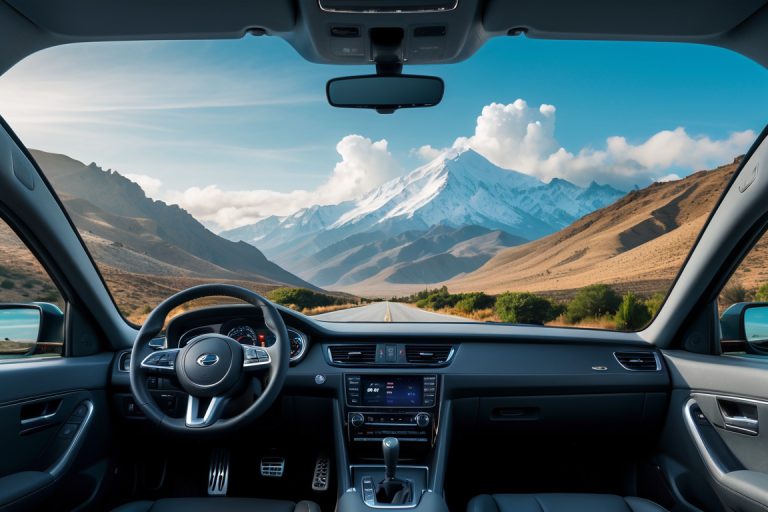Cars do more than get us from point A to point B—they reflect our values, lifestyles, and even national identities. Whether it’s a customized truck decked out in neon lights or a beloved compact car zooming through historic streets, car culture varies wildly from one country to the next. These unique driving customs and regional preferences tell stories about history, innovation, and what people around the world truly value in their vehicles.
Let’s take a road trip through the globe and explore some of the most fascinating, quirky, and passionate aspects of international car culture.
Japan: The Art of Personalization and Perfection
Japan’s car culture is one of the most diverse and dedicated in the world. While brands like Toyota and Honda are known globally for reliability and innovation, it’s Japan’s subcultures that really showcase its passion for cars.
One of the most iconic is the Dekotora (short for “decoration truck”) scene. These massive transport trucks are covered in chrome, LED lights, elaborate murals, and even chandeliers. Inspired in part by 1970s trucking films, dekotora owners invest thousands of dollars to create mobile art pieces that double as working freight vehicles.
Then there’s the Shakotan and Bosozoku scenes—low-slung sports cars and custom bikes with exaggerated flares and exhausts, often influenced by anime or 1980s aesthetics. On the other end of the spectrum, Japan’s kei cars—ultra-compact, efficient vehicles—are practical, cute, and tax-friendly, dominating city streets with their clever designs.
Takeaway for Drivers:
Japanese car culture shows how deeply a vehicle can be tied to creativity, identity, and craftsmanship. Personal expression is not just allowed—it’s celebrated.
Germany: Speed, Precision, and Driving Mastery
In Germany, the car is a symbol of engineering excellence and personal responsibility. Home to brands like BMW, Audi, Mercedes-Benz, and Porsche, Germany has long been a global automotive leader. But it’s not just about what you drive—it’s how you drive.
The famed Autobahn, with its unrestricted speed zones, represents the German belief in freedom mixed with discipline. Drivers are expected to follow strict etiquette—like always yielding to faster cars and keeping the left lane clear. It’s a system built on mutual respect, and surprisingly, it works.
Takeaway for Drivers:
Germans treat driving as a serious skill. It’s a reminder that safe, fast, and efficient travel depends not only on technology, but on education and etiquette.
Italy: Driving with Passion (and a Fiat)
In Italy, cars are not just machines—they’re statements of emotion and art. From the winding coastal roads of Amalfi to the chaotic but strangely rhythmic traffic of Rome, Italians drive with a kind of theatrical flair.
The tiny, lovable Fiat 500 is more than a car—it’s a cultural icon. Its small size makes it perfect for Italy’s narrow streets, and its retro design has won hearts globally. Italians are also incredibly loyal to their homegrown brands—Ferrari, Lamborghini, Maserati—not just for performance, but for style.
Takeaway for Drivers:
Driving can be more than utilitarian. Italy teaches us to enjoy the ride, embrace aesthetics, and let cars reflect our personality.
India: Organized Chaos and the Power of the Horn
If you’ve ever driven in India, you know it’s unlike anywhere else. Roads are often shared by cars, motorcycles, auto-rickshaws, cows, and pedestrians. Lane markings are more like suggestions, and the horn isn’t just a warning—it’s a language.
Compact hatchbacks dominate urban areas, prized for their affordability and ability to navigate tight spaces. But despite the apparent chaos, Indian drivers develop a kind of sixth sense that helps them weave through traffic with surprising agility.
Takeaway for Drivers:
Adaptability and patience are key. India reminds us that driving is a social dance—improvised, intense, but full of flow.
United States: Big Roads, Big Rides, Big Freedom
American car culture is rooted in the ideals of freedom and individualism. The country that gave us the Ford Model T also birthed hot rods, muscle cars, and the great American road trip.
From massive pickup trucks in Texas to convertibles cruising California’s Highway 1, vehicles in the U.S. often reflect lifestyle and status. Cars are more than transport—they’re extensions of the self.
In recent years, EVs like Tesla and Rivian are reshaping American roads, proving that innovation and environmental awareness are becoming part of the new car culture.
Takeaway for Drivers:
The U.S. shows how cars can empower personal expression and mobility. It’s about the journey and what you drive along the way.
Conclusion: One World, Many Wheels
Car culture around the world is a mirror of each society’s values—whether it’s efficiency, creativity, heritage, or freedom. As globalization and technology blur borders, these unique traditions continue to evolve, sometimes blending in fascinating ways.
For today’s drivers, understanding international car culture isn’t just entertaining—it’s enriching. It gives us insight into how others live, what they prioritize, and how a vehicle can be more than just a way to get somewhere—it can be a way to belong, to express, and to connect.
So wherever the road takes you—whether it’s Tokyo, Munich, Rome, Mumbai, or Montana—know that every driver has a story, and every culture adds something beautiful to the world of wheels.





